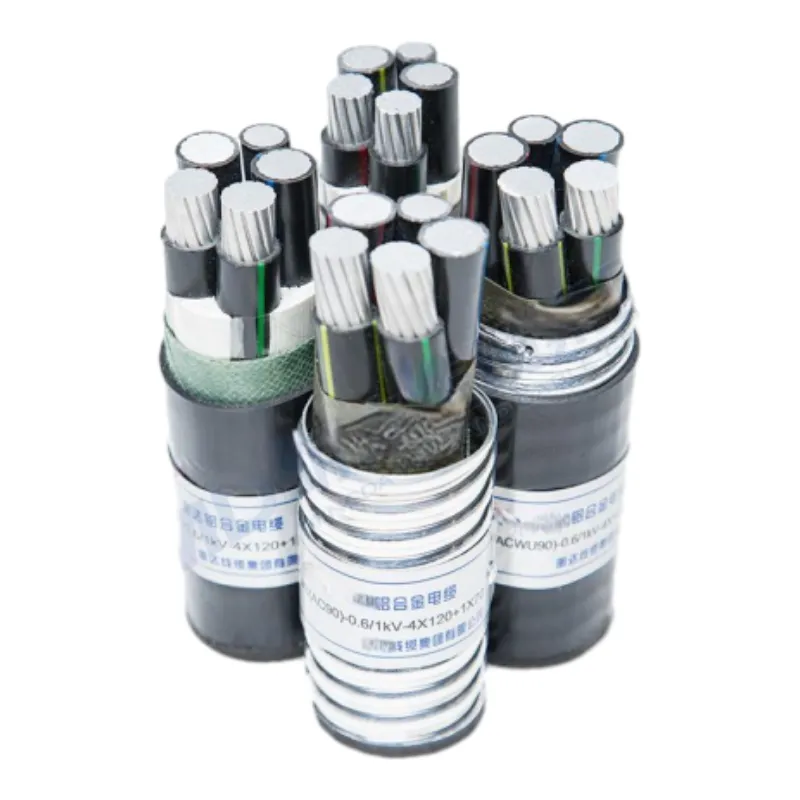Aug . 28, 2024 11:32 Back to list
API Wafer Type Butterfly Valve - Reliable Flow Control Solutions
Understanding the API Wafer Type Butterfly Valve
In the realm of industrial fluid control, the API wafer type butterfly valve serves a vital role. Designed for optimal performance, this type of valve is particularly recognized for its lightweight and space-saving attributes. It operates using a simple mechanism that controls the flow of fluids within a pipeline. In this article, we will explore the characteristics, advantages, and applications of the API wafer type butterfly valve.
Design and Structure
The wafer type butterfly valve is constructed with two primary components a disc and a body. The disc, when rotated, either opens or closes the flow path, allowing for efficient regulation of fluid movement. Unlike traditional valves that require significant space for installation, wafer valves are designed to fit between two flanges. This compact form factor makes them ideal for environments with limited space.
Typically made from materials such as stainless steel, ductile iron, or plastic, these valves are engineered to withstand various pressures and temperatures, ensuring longevity and reliability. The API (American Petroleum Institute) standardization guarantees that these valves are suitable for use in industries that demand high-quality control measures, particularly in oil and gas sectors.
Advantages of API Wafer Type Butterfly Valves
2. Weight Reduction Due to their simplistic design and the materials used, wafer type butterfly valves are significantly lighter than their counterparts, which reduces the load on piping systems.
api wafer type butterfly valve

3. Cost-Effectiveness The manufacturing process of wafer valves is less complicated, which often translates to lower costs in comparison to more complex valve systems. This aspect makes them an attractive option for both new installations and retrofitting projects.
4. Quick Operation The quarter-turn operation means that these valves can open or close quickly, making them preferential in situations where rapid flow control is necessary.
5. Versatility These valves can handle a wide range of media, including water, chemical fluids, oils, and gases, making them versatile for various industrial applications.
Applications
API wafer type butterfly valves find their place in numerous industries, including water treatment plants, chemical processing, oil and gas, and HVAC systems. Their ability to manage flow rates, combined with their durability, makes them suitable for both onshore and offshore processes. Moreover, their efficiency allows for better energy conservation across systems, which is becoming increasingly important in modern industrial practices.
In the oil and gas industry, API standards ensure that these valves meet rigorous performance criteria needed for safety and efficiency. Adaptability in handling corrosive substances or high pressures is crucial, and the API wafer type butterfly valves rise to the challenge.
Conclusion
The API wafer type butterfly valve is an essential component in modern industrial applications, marrying efficient design with robust performance. As industries seek solutions that occupy less space and deliver optimal functionality, these valves stand out as a reliable choice. Investing in API-compliant wafer butterfly valves not only ensures compliance with safety and quality standards but also enhances operational efficiency in various processes. With their proven advantages and broad applications, it's clear that the API wafer type butterfly valve will continue to play a significant role in the future of fluid control systems.
Share
-
Reliable Wafer Type Butterfly Valves for Every IndustryNewsJul.25,2025
-
Reliable Flow Control Begins with the Right Ball Check ValveNewsJul.25,2025
-
Precision Flow Control Starts with Quality ValvesNewsJul.25,2025
-
Industrial Flow Control ReliabilityNewsJul.25,2025
-
Engineered for Efficiency Gate Valves That Power Industrial PerformanceNewsJul.25,2025
-
Empowering Infrastructure Through Quality ManufacturingNewsJul.25,2025